

Max Davies
2026 GWM Haval Jolion review
3 Hours Ago
There’s nothing quite like the feeling of cruising along a scenic coastal road with fresh air and a million miles of clear sunshine above. But which type of convertible should you choose?

Contributor
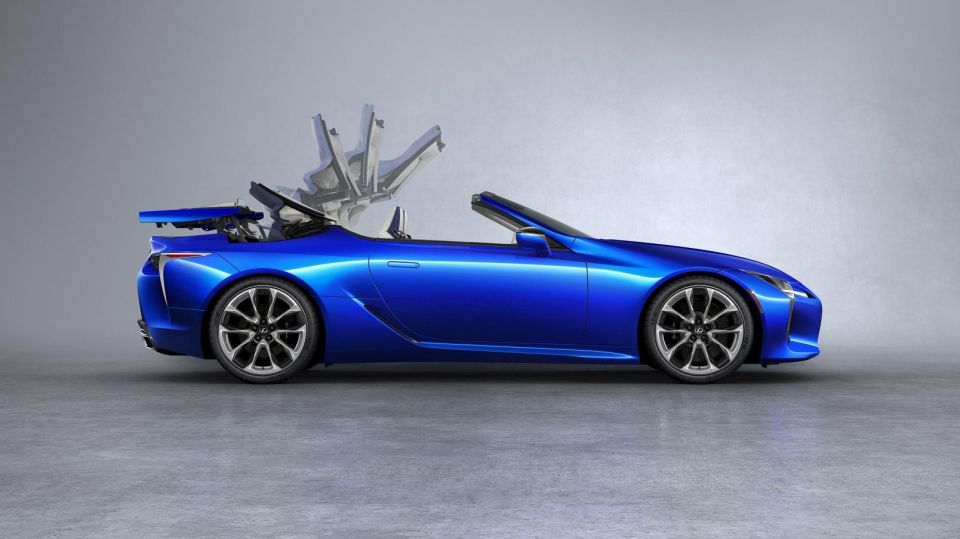

Contributor
We like to think of ourselves as the lucky country, and beyond the various socio-economic justifications for this claim, our generally excellent weather all year round is another reason why.
For the majority of the year, key populated centres in Australia are neither too hot nor too cold, and largely devoid of rain, snow or other elements that would make driving a hazardous experience.
This pleasant weather coupled with almost countless scenic landscapes to drive through mean that Australia is a great place to own and cruise around in a convertible – provided you are SunSmart!
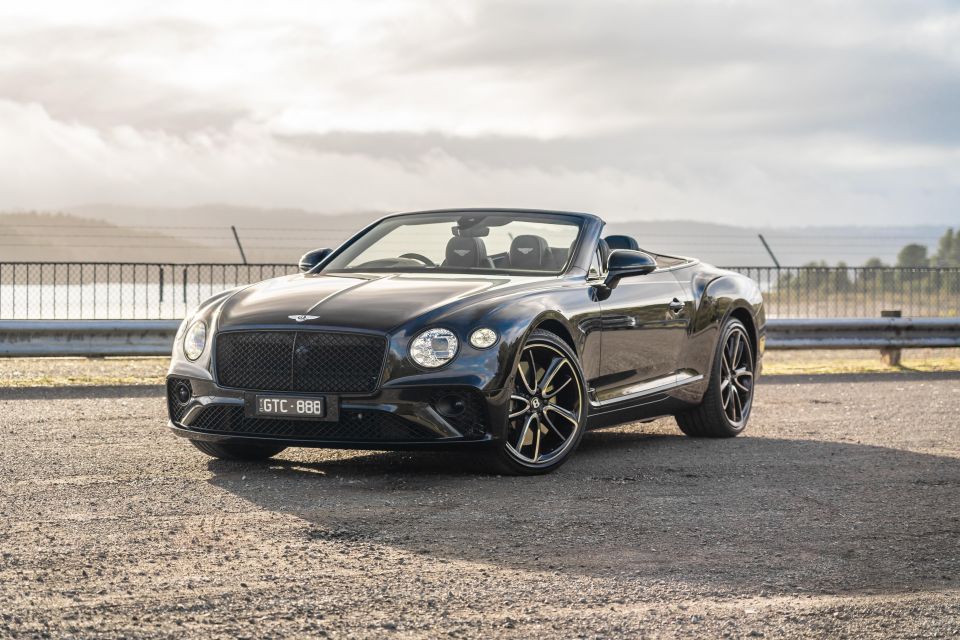
The term ‘convertible’ signifies a car with an opening roof, and the very presence of such a design means that these cars are dedicated to enhancing the driving pleasure of everyone in the car, by offering occupants open, uninterrupted views of their surrounding environment.
After a surge in popularity earlier this century, folding metal hardtops are virtually non-existent among today’s convertible models, with soft-tops vastly more popular. Each style of roof has its own benefits and drawbacks.
Before delving into further detail, however, note that while the laws of physics can’t be broken, technological developments in both designs (together with the overall engineering of the car) mean that perceived compromises inherent to either approach may have already been addressed.
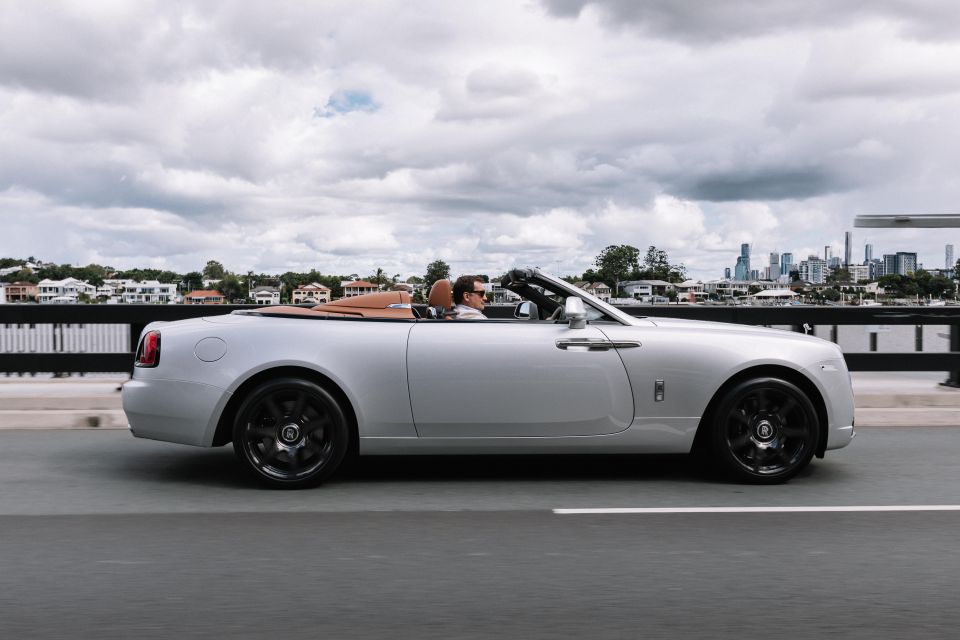
For example, ultra-luxury models such as the Rolls-Royce Dawn and Bentley Continental GT are both sold with soft-tops, but are claimed to have similar noise insulation and refinement properties as their fixed-roof siblings with their roofs up (and therefore arguably superior NVH to any hard top competitors).
Some drawbacks, such as reduced body rigidity (despite the presence of extra chassis bracing) are inherent to both designs, as the roof can no longer act as a key load-bearing structural element of the car.
As always, the best bet is to test drive the car extensively if possible before purchase, to see whether the refinement and dynamic characteristics of a convertible meet your requirements.

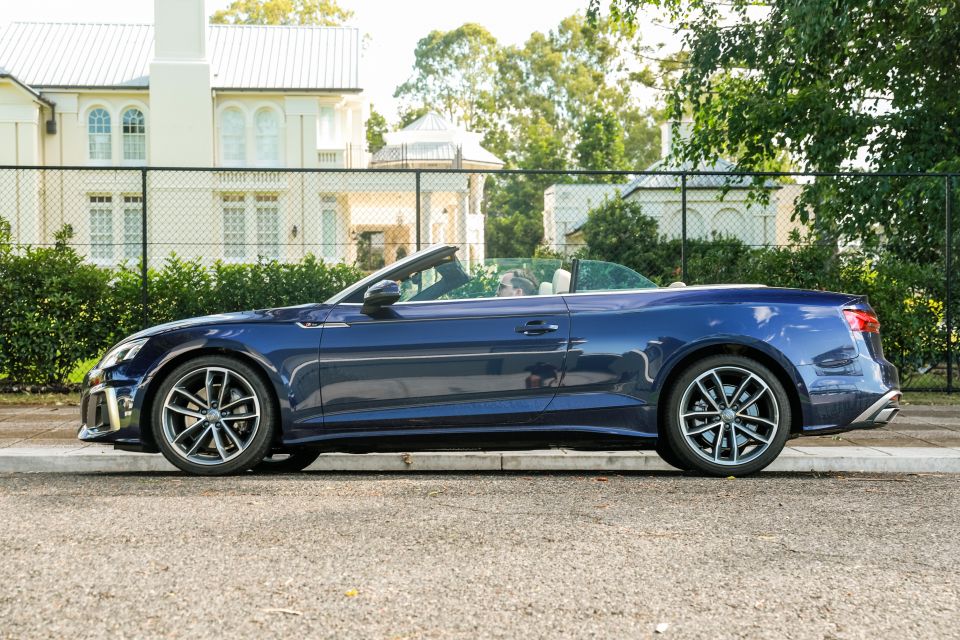
A soft-top convertible is known as such because these vehicles are equipped with a retractable roof made from fabric. Depending on the specific car, this may consist of multiple layers of material such as PVC, canvas and nylon with leather, cotton or Alcantara for the inner headlining, along with a layer of sound deadening foam sandwiched in between. Arguably the more traditional style, soft-top convertibles have been around since the early 20th century.
Fabric is lighter, thinner and much more flexible than its metal counterpart, which highlights the key benefits and disadvantages of this roof type compared to a hardtop.
The lighter weight of the roof means reduced weight and a lower centre of gravity compared to a hardtop alternative, and in turn, this means that if all else were the same, a soft-top option would likely offer superior handling and dynamic performance.
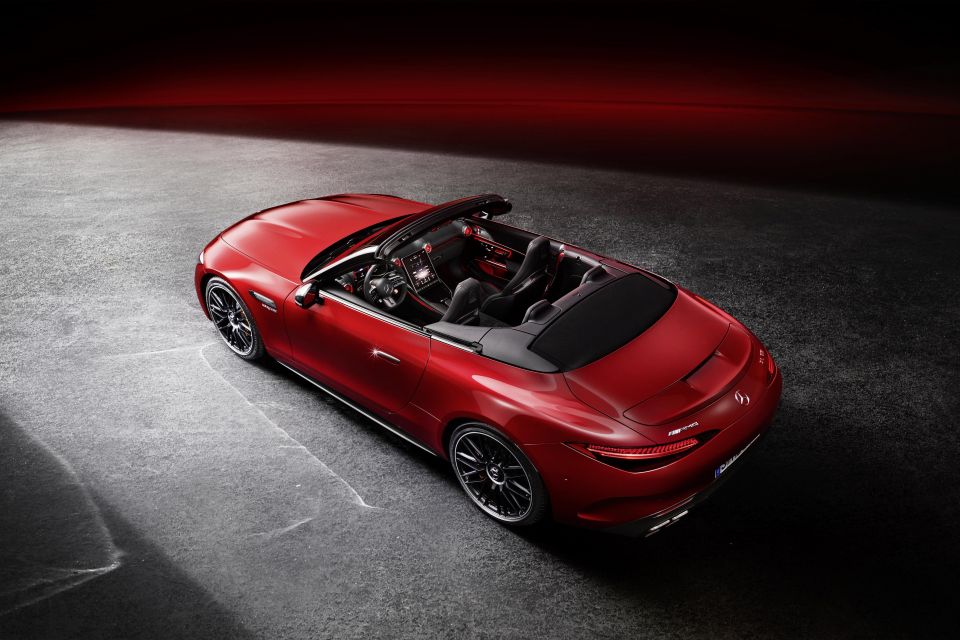

Greater flexibility also means that when the roof is down, it can be folded and stored in a more compact manner, thereby reducing any penalty to luggage space. Having said that, many soft-top and hardtop convertible options are equipped with a dedicated space for stowing away their roofs that is separate to the boot, consequently negating any practicality advantage.
Nevertheless, the reduced storage volume required may also have a positive contribution on the overall exterior design and proportions of the car.
Needing less roof stowage space, in turn, also means that the rear deck can be shortened and lowered compared to a hard-top alternative – just look at the more pert rear end of the redesigned Mercedes-AMG SL, now that designers don’t have to work around a retractable hardtop.
Just as importantly, soft-tops are cheaper to manufacture, and the reduced complexity of their folding mechanisms may also improve reliability in the long run. Of course, whether the reduced cost of manufacture is used to increase profit margins or is passed on as a saving to the customer is entirely up to the carmaker.
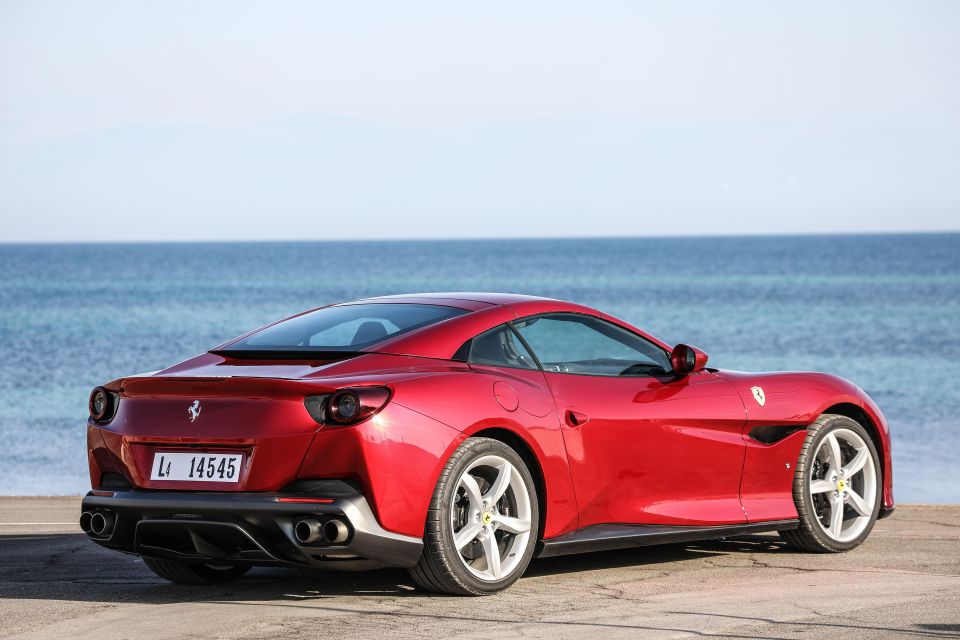
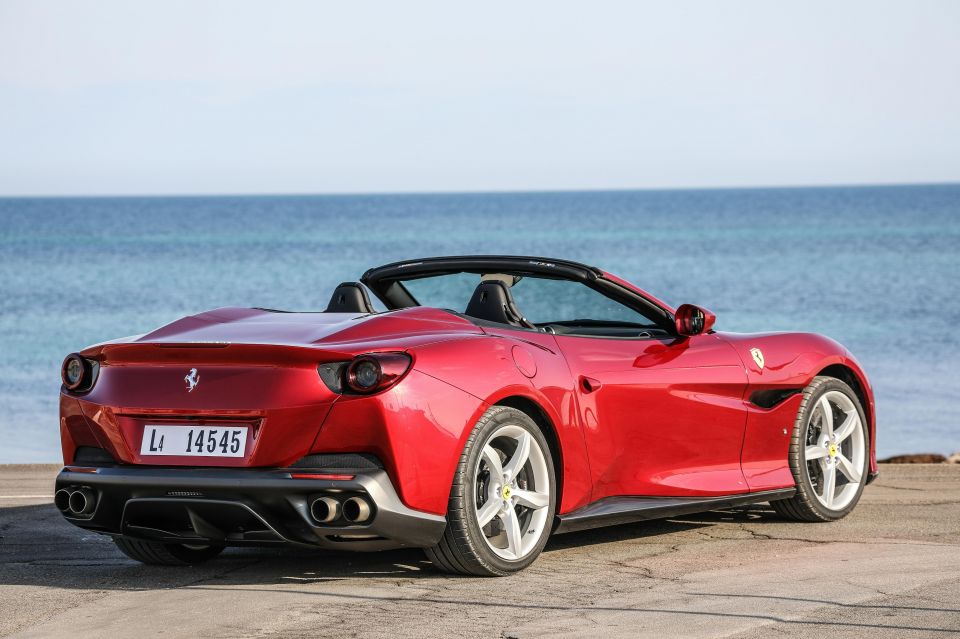
In contrast, a hardtop convertible is known as such as it incorporates a ‘hard’ metal roof. Unlike soft-top convertibles which can have either a manual (such as the Mazda MX-5) or electric (such as the Ford Mustang convertible) roof, contemporary hard-top models have an exclusively electric roof operation.
The actual mechanism varies by model, but most hardtop convertibles retract the roof by using various motors and hydraulic pumps and cylinders to separate the roof into three or more distinct panels, which are then stored on top of each other (much like a pile of metal) either in the boot or within their own dedicated storage area.
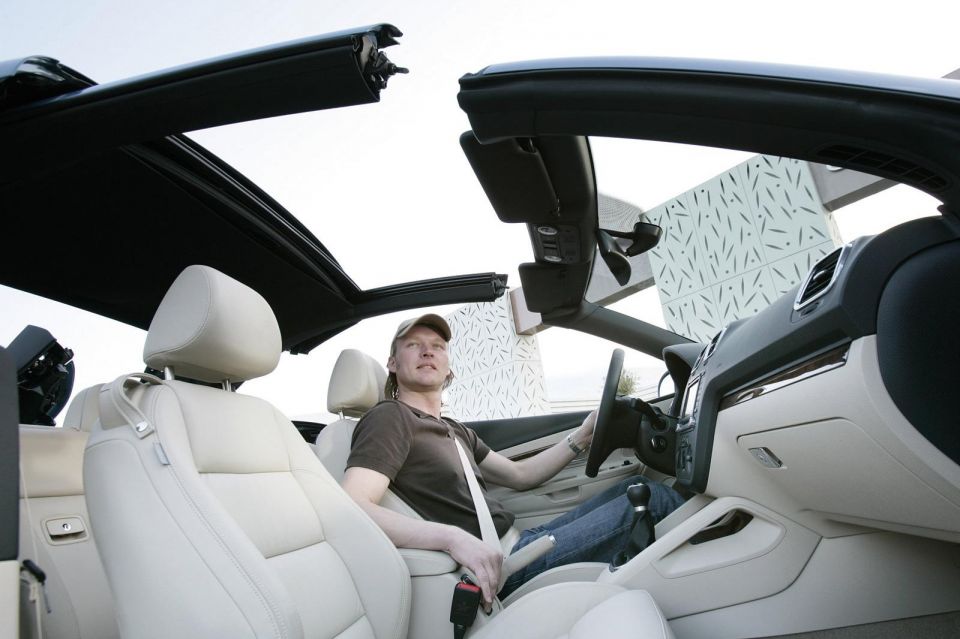
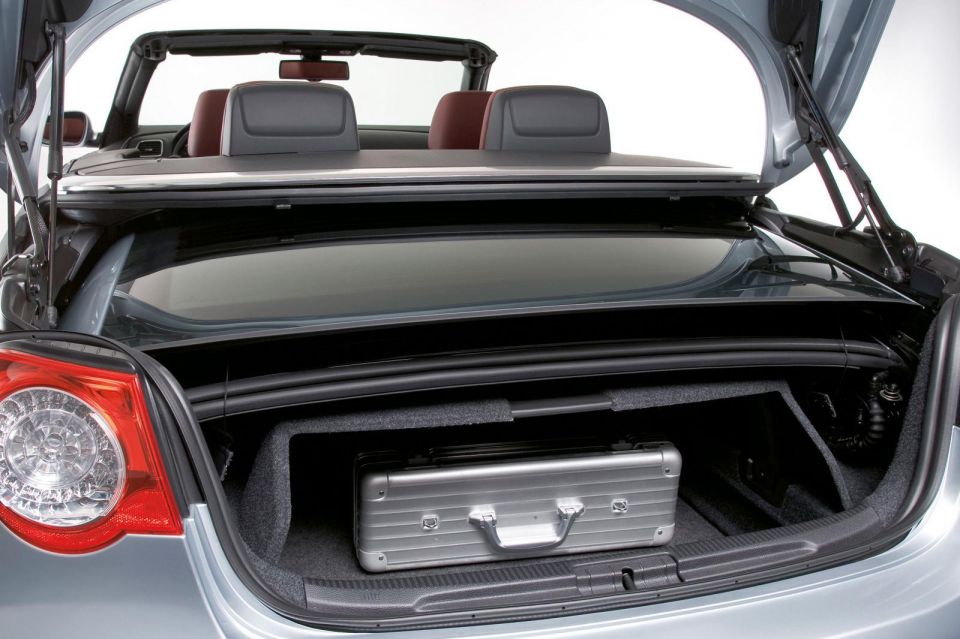
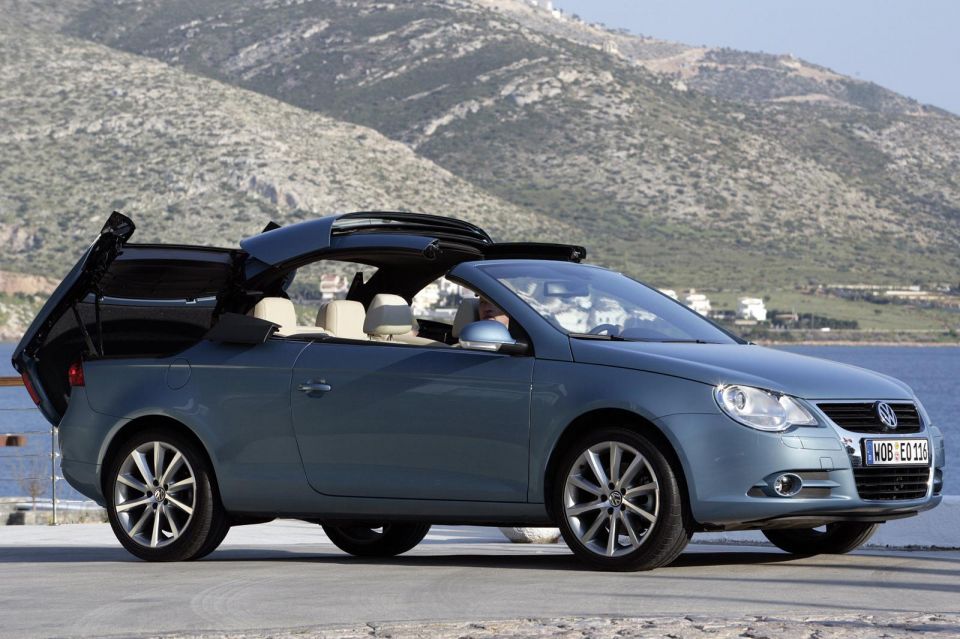
One of the most complex folding hard-top mechanisms in recent memory could be found on the now defunct Volkswagen Eos convertible.
This used a five-piece hard-top that not only incorporated its own in-built panoramic sunroof (branded as a ‘CSC’ coupe/sunroof/convertible roof), but also made use of a folding mechanism involving eight hydraulic cylinders and a total of 470 components to function.
With hardtop convertibles, there’s greater perceived safety, especially in the event of a rollover (note that all convertibles today are equipped with rollover bars designed to keep occupants’ heads from hitting the road if this occurs) and protection from theft or associated damage, such as someone trying to cut the roof open with a knife.
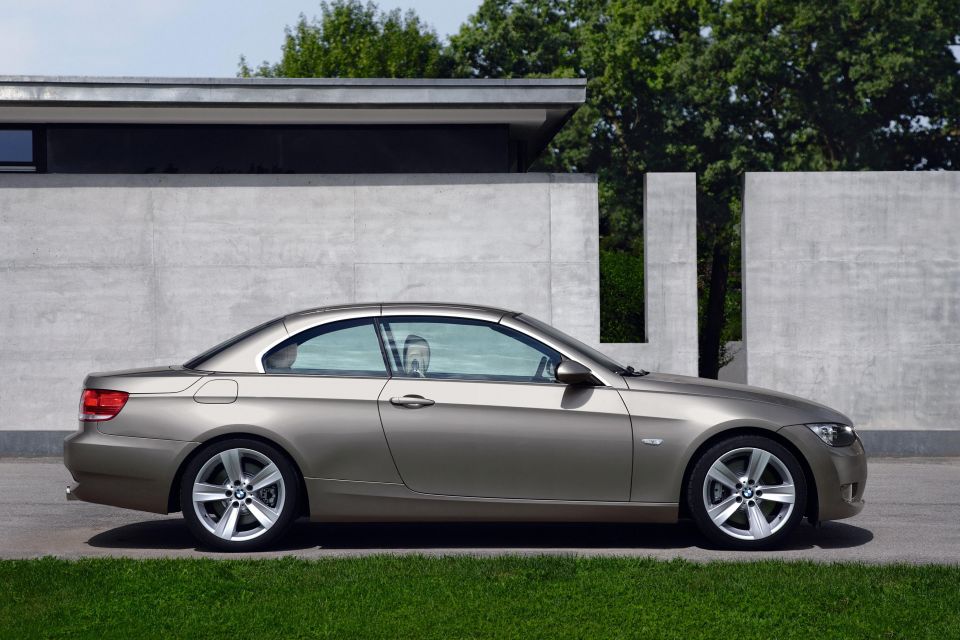

With the roof up, a hard top may also offer greater refinement and noise insulation at speed compared to soft-top alternatives. Note however that in reality, this may differ substantially across models and is far from a universal truth.
On a more subjective note, hardtop convertibles may also offer a styling benefit with the roof up, with some hardtop convertibles almost resembling coupes with their roofs up. Earlier iterations of the BMW 3 Series and 4 Series convertibles fit this brief.
Note that hardtop convertibles are different from ‘targa’ tops, with the primary difference being that a targa design will have a fixed rear pillar.
MORE: Let the sun shine in: sunroofs and targa tops today
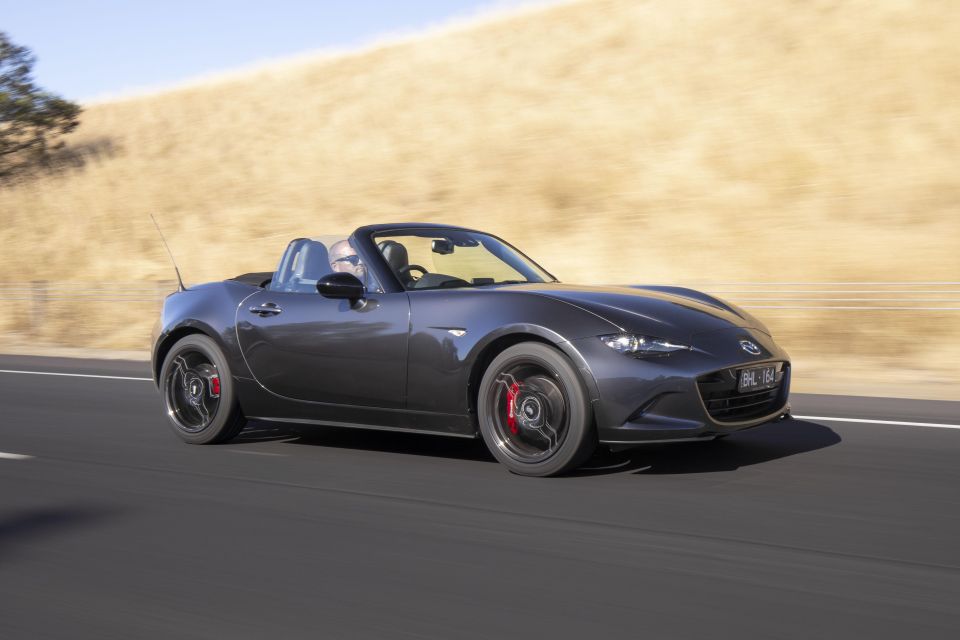
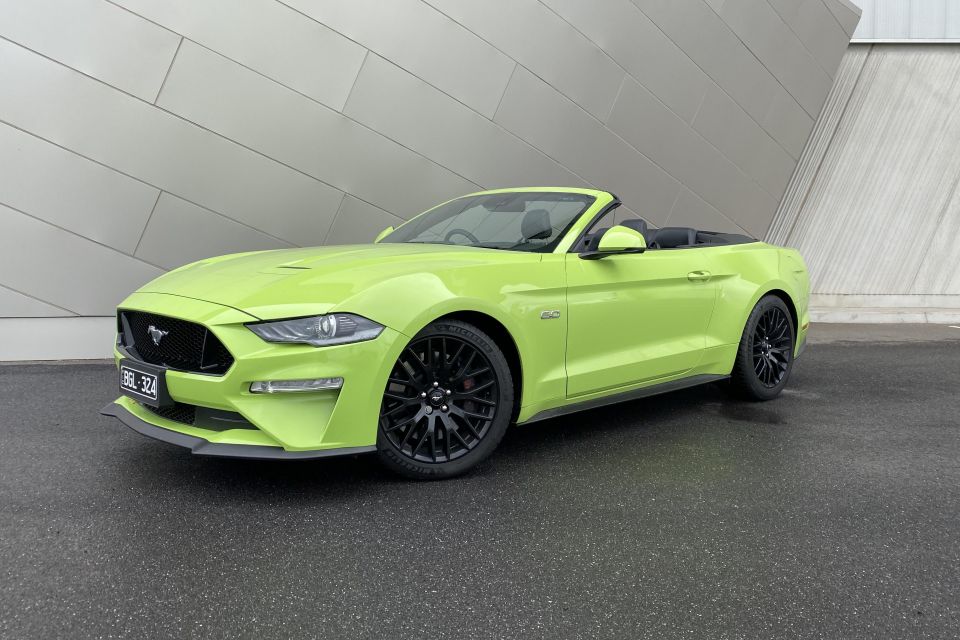
Although the affordable convertible may not be at the height of its popularity that it once was, there remain several options for consumers looking to spend less than $100,000.
On the Japanese side, Mazda and Nissan continue to sell the MX-5 and 370Z (note that this will soon be superseded with a new model, of which a convertible has yet to be announced).
If you’re looking for more of a pony car flavour, there’s the Ford Mustang.
European marques continue to offer the greatest variety, with BMW offering models such as the 4 Series and Z4 convertible with list prices under the $100,000 barrier. Audi similarly offers the A5 convertible. Unfortunately, the cheapest option from Mercedes, the C200 convertible, is now priced above $100k with an MRLP of $101,200.


Max Davies
3 Hours Ago


Damion Smy
11 Hours Ago
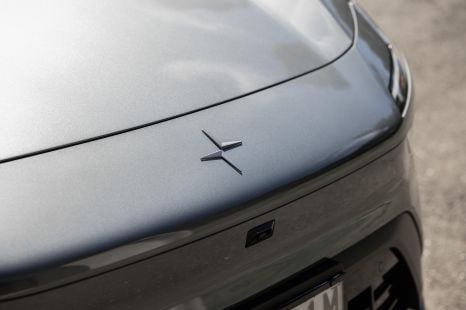

Damion Smy
12 Hours Ago


Damion Smy
13 Hours Ago


Damion Smy
16 Hours Ago


CarExpert.com.au
17 Hours Ago